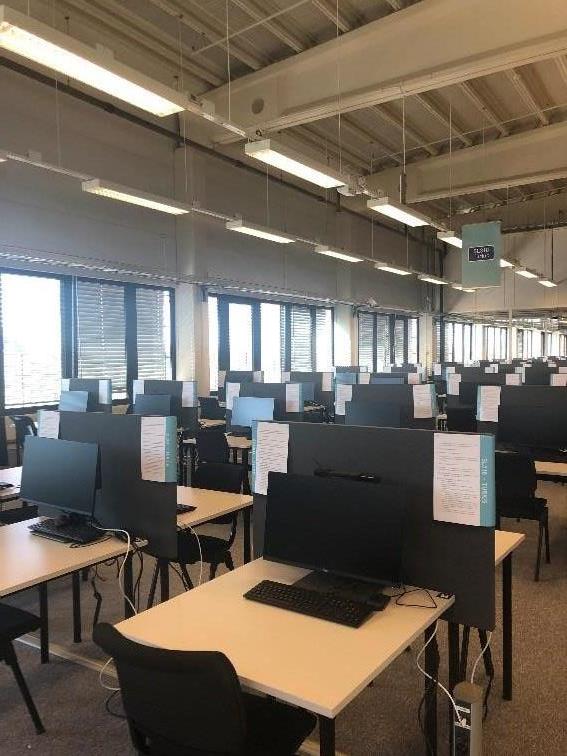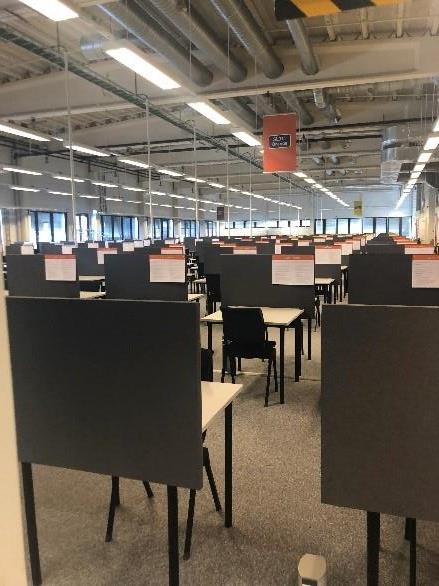07 October 2019 - Digital exams - the future?
EUNIS 2019
At a recent conference, which I attended courtesy of a ucisa bursary (see my EUNIS 19 blog post), I learnt a great deal about digital exams and the processes being carried out in the universities that have adopted this method.
A digital exam in this case is a summative examination being carried out on a computer. In the cases that I’m referring to they are held in exam halls, under exam conditions and with invigilators in the usual way, but the students complete the exam on a computer not on paper.
Some examples of universities that are already doing this include, Norwegian University of Science and Technology (NTNU), University of Oslo, University of Gothenburg. Over in the UK BBP University is a heavy user, and the universities of Cambridge and Bath have trialled some use.
I visited what NTNU call the ‘Exam Factory’ whilst there for the ENUIS conference and was astounded at how large scale the use of digital exams is. They have a dedicated building for exams with several floors and although exams are not fully digital yet with some still ‘analogue’, the building sits 3,000 students when at capacity. In 2018 the exam facility witnessed 85,000 digital submissions and aims for 125,000 in 2019.
At NTNU they ask the students to bring their own device with them, i.e. a laptop. There is the option to loan a laptop, they lend out about 50 laptops on a busy day but generally find people bring their own. The students are required to have downloaded the safe exam browser software beforehand which will lock down their computer, so that they are unable to open anything else once the exam is running. They are only able to complete the exam in this safe browser. There are also passwords set up for the exams that regularly change, and you would only those find out in the exam hall.
The exam software itself is from a company called Inspera who are a popular supplier. The software is designed to consider technical difficulties for the student and also practical solutions for students with additional needs. After having a look at the software, it is very well designed from the marking point of view too.
I mentioned previously the ‘analogue’ exams; these are done in a similar way to our OMR service at Loughborough. The students complete the exams on answer pages that have a unique question code linked to that candidate and the papers are scanned afterwards. They keep the exam scripts for a year before discarding them as they have the electronic copy.
I can see issues with the misuse of systems with the bring your own device policy, but I can also see the huge infrastructure, cost and staffing that would be required to provide university computers to be used. Even the bring your own device set up looked to have cost a great amount to set up.
With all of this in mind it certainly is thought provoking. Surely if digital exams can be done securely and cost effectively, this may be the future?
Contact s.chester@lboro.ac.uk if you’d like to hear more about what I learnt.





